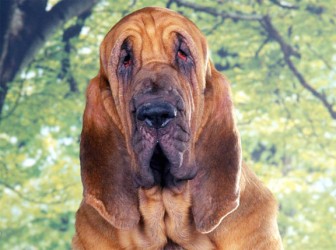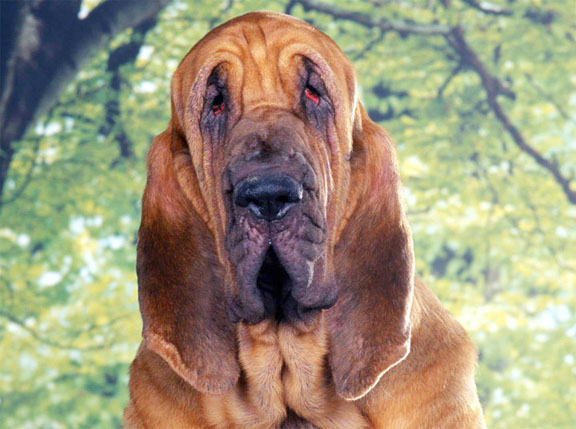Continued
Problems with the
passing of urine
You know, there is a bigger and less used word for urination. It is called micturition. So today we’ll be discussing disorders of micturition. Actually, we are talking about urinary incontinence, ie, animals which have lost control of voiding their urine. Disorders of urination can result from any dysfunction in urine storage or voiding. The origin of the problem may be neurologic (dealing with nerve damage) or non-neurologic (some cause other than nerve lesions).
The end effect, urinary incontinence, comes down to the failure of voluntary control of the urethral sphincter – a ring muscle involved in the opening and closure of the urethra (remember that the urethra is the tube leading the urine from the bladder). This results in the constant passage of urine (dribbling).
The most common non-neurological incontinence seems to stem from the deficiency of sex hormones in neutered/ spayed animals (especially females). Neurological causes of incontinence are usually associated with damage to the spinal cord and trauma to the pelvic nerves.

Other causes of incontinence are cystitis (inflammation of the bladder), stones and ailments of the kidneys.
Symptoms

(i) They void urine in small quantities often.
(ii) If they are ‘house’ dogs, they begin to make ‘mistakes’ – urinating all over the place and not in the prescribed box.
(iii) There may be a strong ammonia-like odour about the dog or his bedding/kennel.
(iv) The skin around the vulva or penis may be constantly wet and show blistered lesions (scalded)
(v) The inability to urinate results in frequent attempts to urinate.
(vi) Animals with completed obstruction (blockage) rapidly become uremic. This means that the impurities in the urine which should be deposited outside the body, now get into the bloodstream. The animal is poisoning itself.
Treatment
I had mentioned above that the hormonal imbalance created by neutering/spaying is often associated with incontinence. Since this is so, one of the therapeutic measures could be the administering of the appropriate sex hormones to the animal. In effect, the treatment is going to be geared towards the causative factors. In addition, if the skin around the foreskin or vulva is damaged (scalding), then we must introduce the relevant (antibiotic/anti-inflammatory) treatment for these lesions.
Further, there is the possibility of removing the blockage surgically (for example, if stones are involved). Of course to ease the situation, the vet might attempt to manually press out the urine, but this not a long term solution.
Please implement disease preventative measures (vaccinations, routine dewormings, monthly anti-heartworm medication, etc) and adopt-a-pet from the GSPCA’s Animal Clinic and Shelter at Robb Street and Orange Walk, if you have the wherewithal to care well for the animals. Do not stray your unwanted pets, take them to the GSPCA’s Clinic and Shelter instead. If you do not wish your pet to have puppies or kittens, you may exploit the GSPCA’s free spay and neutering programme. If you see anyone being cruel to an animal, or if you need any technical information, please get in touch with the Clinic and Shelter by calling 226-4237.





